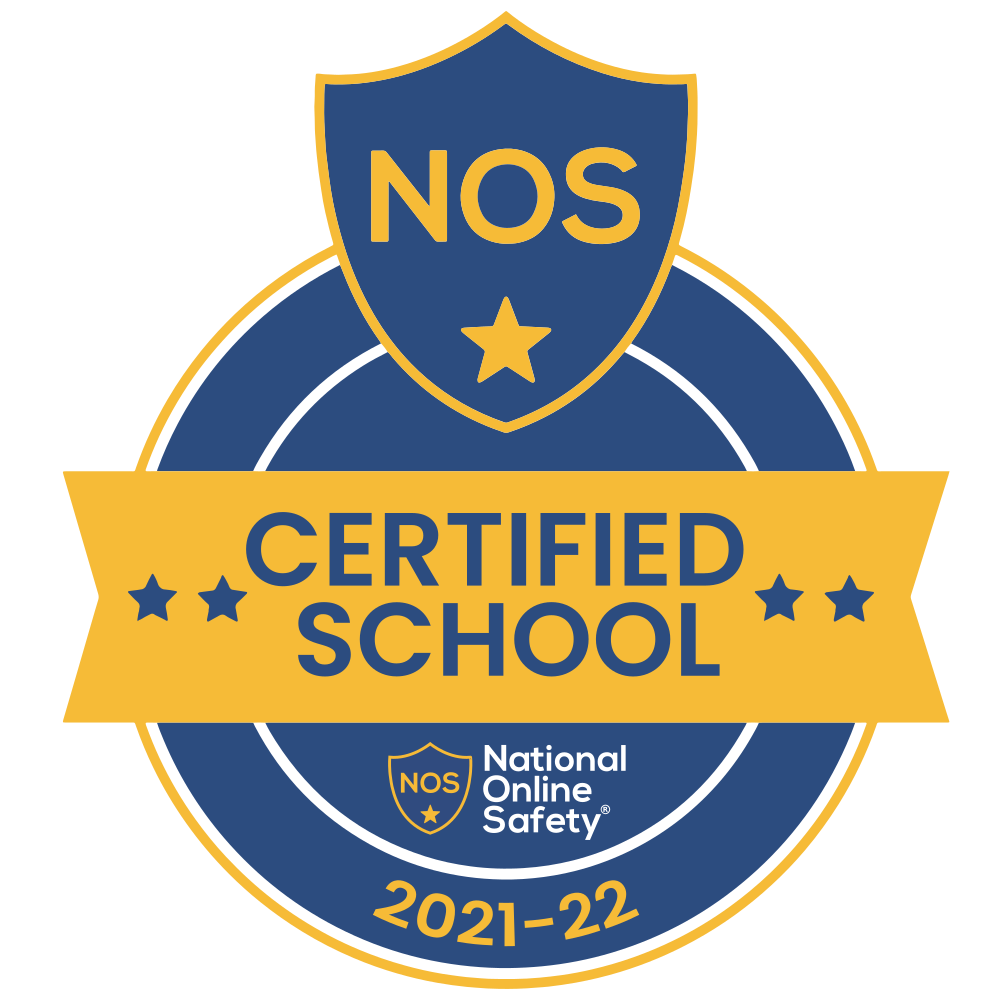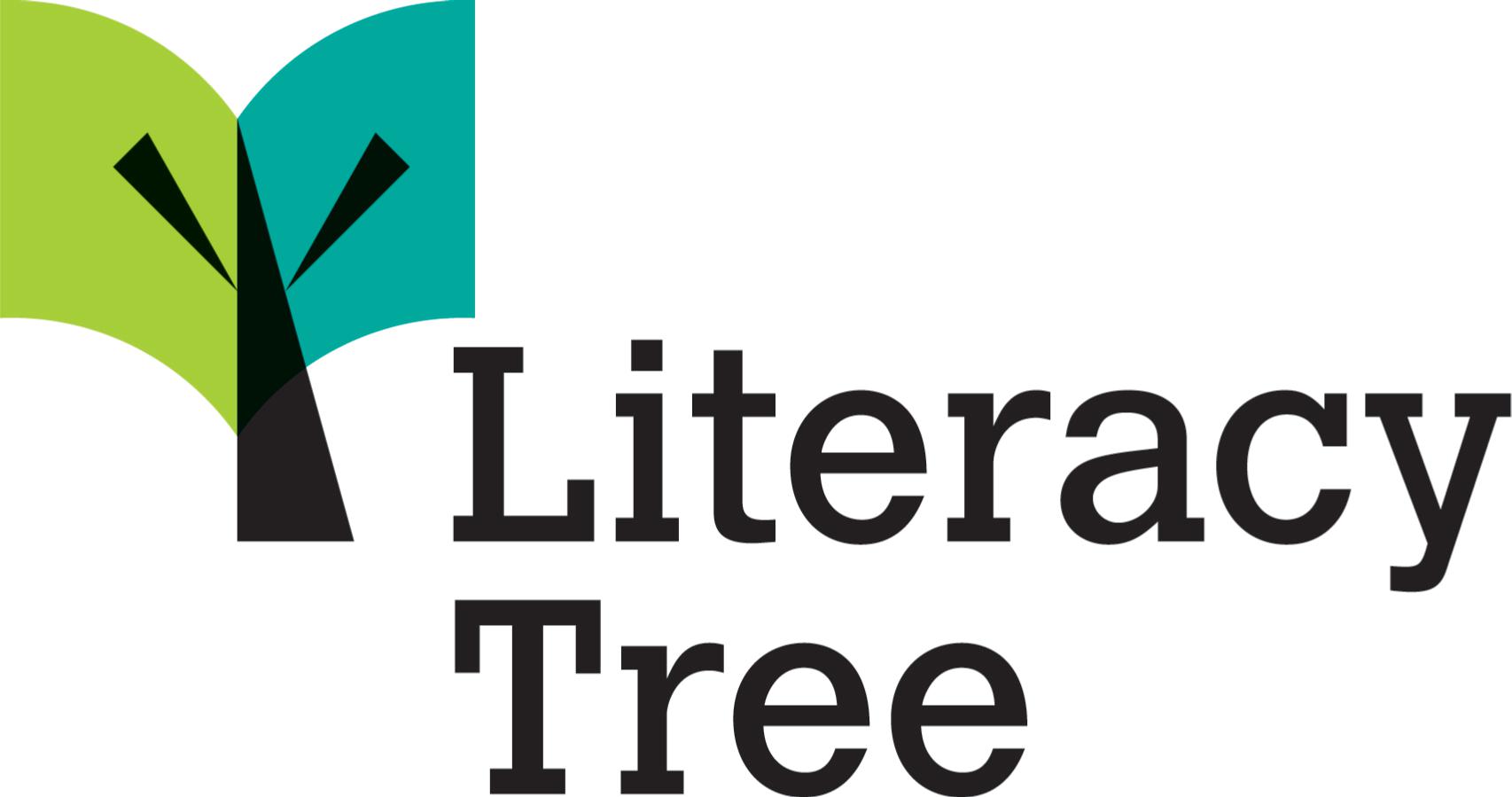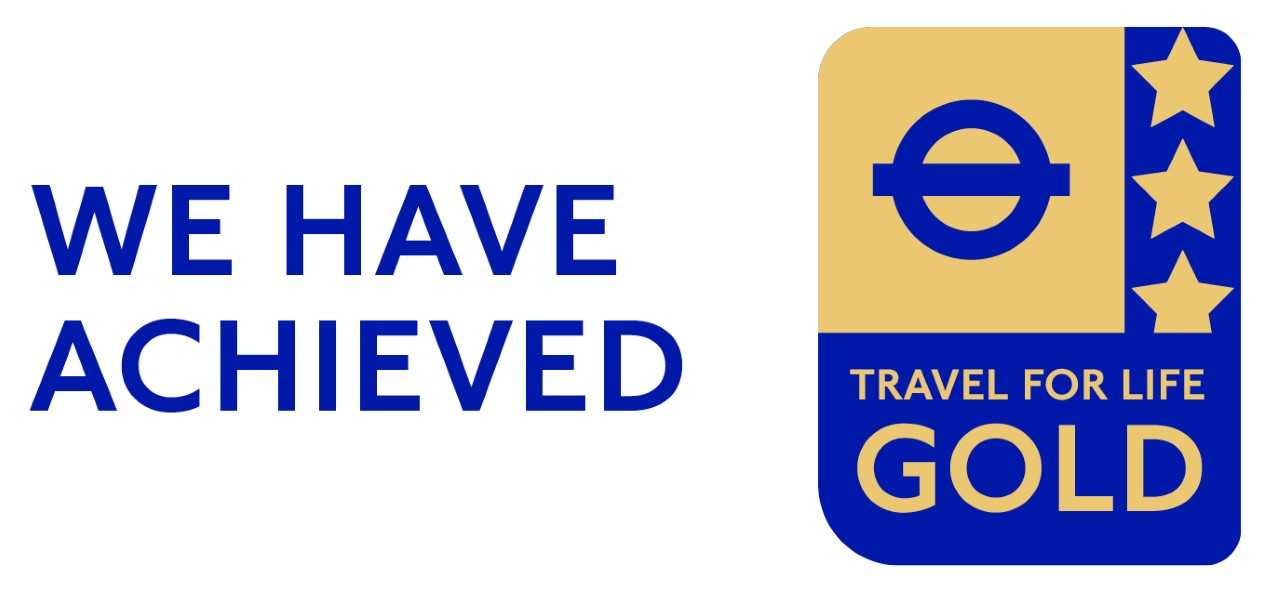Catholic Life of St. Ignatius
"Start children off on the way they should go, and even when they are old they will not turn from it." - Proverbs 22:6
Mission Statement

‘To give and not to count the cost ... save that of knowing that we do thy will’ - St. Ignatius of Loyola.
At St. Ignatius we invite our community to do God's will by living by our PEARL Values. Our PEARL Values are:
- Prayer
- Equality
- Achievement
- Respect
- Love
Our Faith
In Catholic Schools Religious Education is taught as an academic core subject. However, the whole life of a Catholic School has to be an expression in practice of Catholic belief and Catholic tradition. As they grow, the children are encouraged to put their faith into practice in their own lives.
In class, the children help to prepare and participate in masses and assemblies. Not only in the teaching, but also in the daily practice of the faith, our children are helped by the personal example of the staff. In handing on the faith, parents are the first and best teachers. By working together for the children, parents and teachers make this school a place which we can truly say that our faith is unique.



_0.jpg)



.jpeg)



.jpg)
.png)

.jpg)

